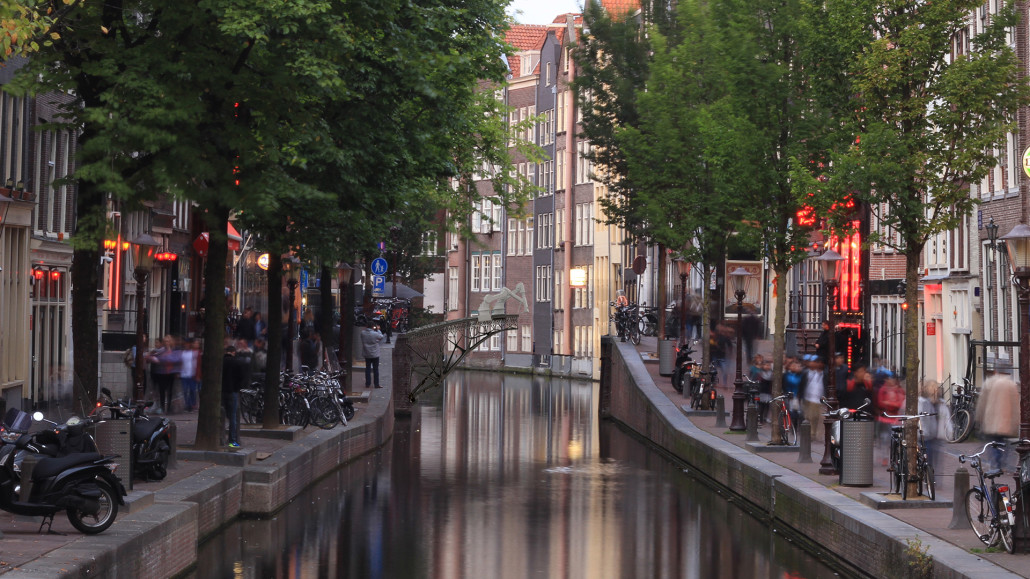The first bridge printed on a 3D printer will soon appear in Amsterdam

It might look like printing
Three companies from the Netherlands - developer Heijmans , laboratory of advanced technologies JorisLaarman and company MX3D , which develops 3D-printers, agreed on a joint project to 3D-print a steel footbridge. The bridge will span across one of Amsterdam's many canals.
The center of Amsterdam is called "Northern Venice" for the abundance of canals and bridges. Of the 1280 bridges in the city, the oldest dates from the year 1658. Tourists know the bridge, from which 15 other bridges are visible at once.
3D printing is actively developing in the Netherlands. Events and exhibitions are taking place . A 3D printer for food was introduced this year . Last year, house printing technology was tested . And for a girl with a rare bone disease , a new skull was printed .
Combining 3D printing and a love of bridges, the companies are preparing to launch a joint project to print a pedestrian bridge. The place where the bridge will be located has not been disclosed. For printing, a robotic arm with 6 degrees of freedom will be used. In fact, it controls a machine that combines welding and continuous metal feed. The MX3D Metal robot can "print" almost any metal - steel, stainless steel, aluminum, bronze and copper.

Roboruk at work
In fact, the resulting structure is composed of small molten metal droplets. It turns out welding without welded surfaces - a continuous weld. Of course, questions arise about the strength of such structures - but since the companies are seriously going to make a pedestrian moto through the canal, they probably calculated this moment.
“We decided that the bridge across the Amsterdam Canal would serve as an excellent metaphor for combining the technologies of the future with the historical past, which reveals the best sides of both worlds,” says Joris Laarman, the developer of the bridge. “I believe in the future of digital home production.” These are workshops of a new time. Our project will show that 3D printers entered the world of large, functional objects and sustainable materials that allow the designer to freely create. "

Joris Laarman in his laboratory
Director of MX3D, Tim Gürtjens, explained that their technology, using robots with 6 degrees of freedom, gives unlimited freedom of action and decision. And printing a life-size functional bridge will be a great example of demonstrating the unlimited possibilities of such technology.

Roboruk at work
Among the project sponsors is Autodesk, whose technology Laarman used to develop the bridge.

What a bridge seal might look like
